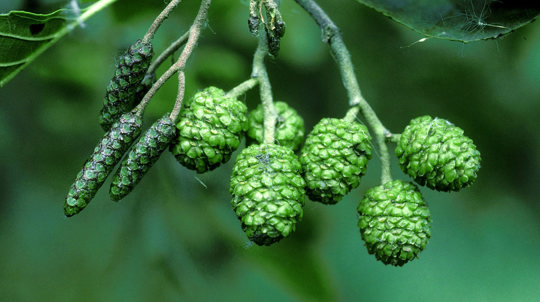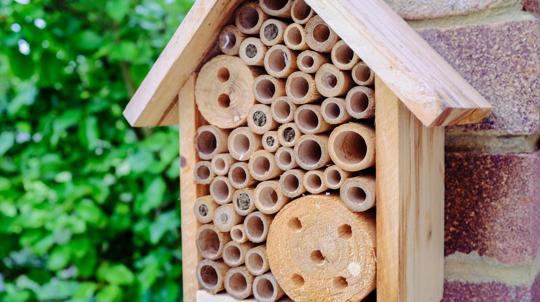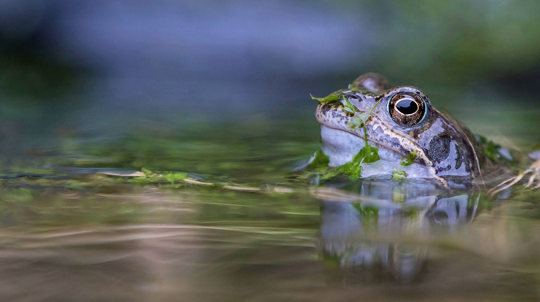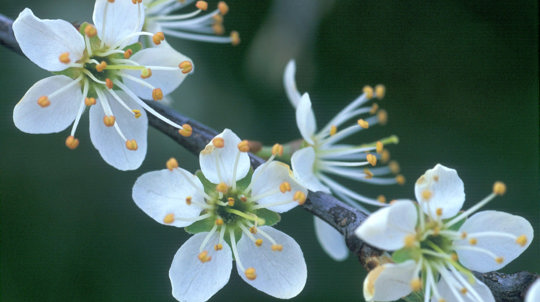
Creating a biodiverse garden is essential for supporting local wildlife and fostering a healthy environment. By making strategic choices in plant selection and garden management, anyone can transform their outdoor space into a haven for various species.
Choose the Right Plants

Selecting the right plants is a crucial first step. Focus on incorporating a mix of native plants, which have evolved alongside local wildlife and provide essential pollen and nectar resources. Research shows that native plants are often more beneficial as they support a broader range of pollinators and other organisms that rely on them for sustenance[1][3].
'Flowers provide pollen and nectar for bees, butterflies and other insects that perform the vital task of fertilisation,' making it essential to avoid highly bred cultivars that often lack these key characteristics[2]. Moreover, aim for a diverse array of species that flower across different seasons—this ensures continuous food availability for wildlife throughout the year. For example, include early bloomers like Crocus and Mahonia for spring and later bloomers such as ivy for autumn and winter[2].
Create Diverse Habitats

In addition to plant diversity, creating different habitats within your garden is vital for fostering a richer ecosystem. Set aside areas of your garden to grow wild, allowing plants to flourish naturally[5]. This can include leaving patches of long grass that serve as shelter and food sources for small mammals and birds[1][3][10].
Building features like log piles, dead wood stacks, and rock gardens offers shelter for insects and other wildlife, as well as creating microhabitats that can accommodate various species[5][7]. Bug hotels and bat boxes can also provide essential nesting and hibernation sites for local fauna[2][10].
Encourage Water Sources

Water is vital for sustaining life in your garden. Installing a pond, even a small container or birdbath, provides hydration for numerous species, from birds to beneficial insects like dragonflies[1][2][5]. Ensure that these sources have sloping sides or perching spots, which allow wildlife easy access and safety.
Regularly maintaining water features by keeping them clean and filled will make them more inviting to wildlife, encouraging them to visit—and potentially settle—permanently in your space[4][6].
Embrace Natural Processes

Allowing your garden to become a bit messy can significantly enhance its biodiversity. Piles of leaves, twigs, and grass clippings provide food and habitats for insects and small animals[1][4][5]. Composting not only recycles nutrients back into your garden but also creates a hotbed for beneficial organisms like worms and beetles that contribute to a thriving ecosystem[2][7].
Avoiding the use of chemicals is essential for maintaining biodiversity. Many pesticides negatively impact beneficial insects and disrupt natural predation processes—such as birds feeding on pest populations[2][4]. Instead, allow nature to maintain its balance, recognizing that some 'pest' species are vital for the life cycles of others[1][2].
Engage the Community
Gardening for biodiversity doesn’t have to stop at your own yard. Engaging with neighbors and your community can amplify the impact of your efforts. Collective actions, such as planting trees in public spaces or creating community gardens, can foster larger networks of biodiversity[2][3][9]. Consider advocating for and participating in local initiatives aimed at habitat restoration, which can create pathways for wildlife that transcend individual gardens.
Conclusion

Transforming your garden into a biodiversity hotspot is more than just an aesthetic pursuit. It's about understanding and participating in the intricate web of life around us. By choosing the right plants, creating diverse habitats, providing water sources, embracing natural processes, and engaging the community, you can play a significant role in supporting local wildlife and contributing to a healthier planet. Each small step matters, and collectively, gardeners can make a substantial impact towards enhancing biodiversity in our shared environments.
Get more accurate answers with Super Pandi, upload files, personalized discovery feed, save searches and contribute to the PandiPedia.
Let's look at alternatives:
- Modify the query.
- Start a new thread.
- Remove sources (if manually added).